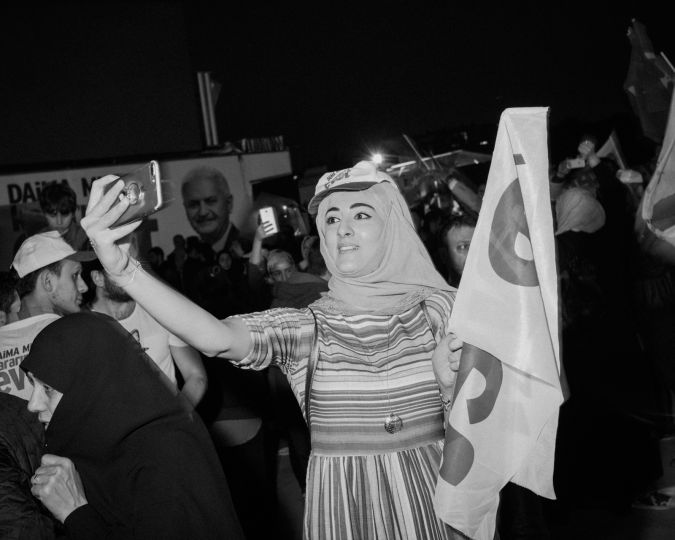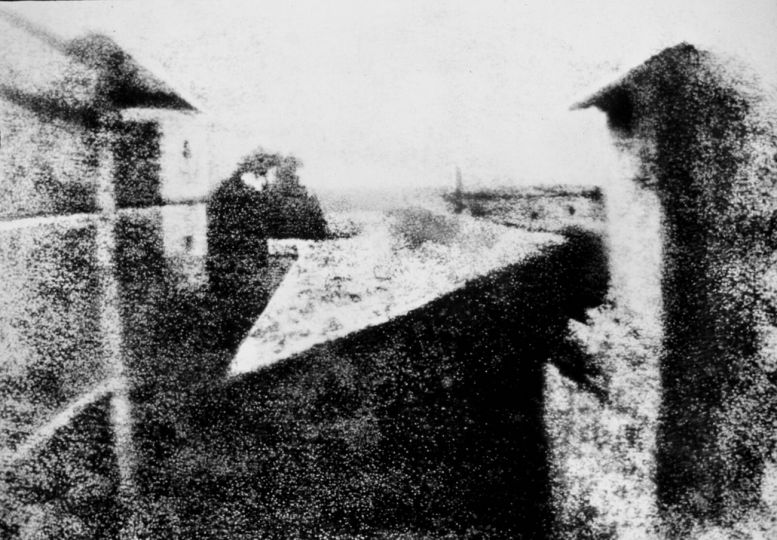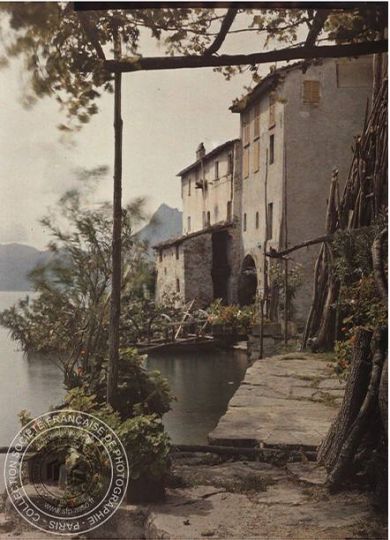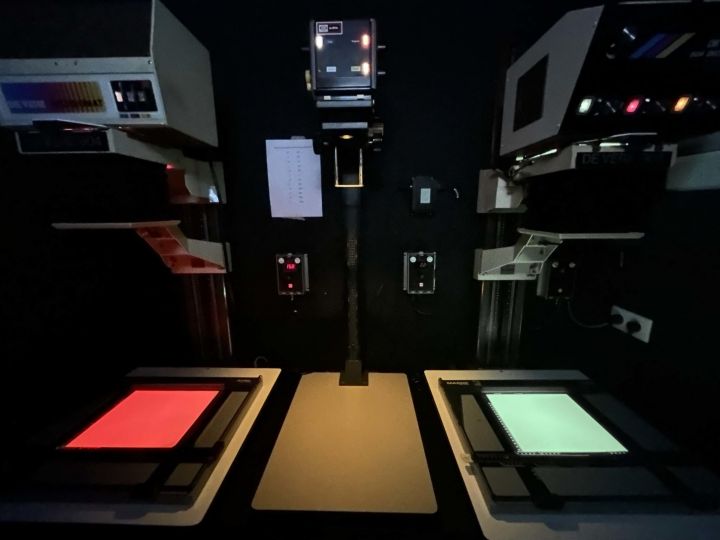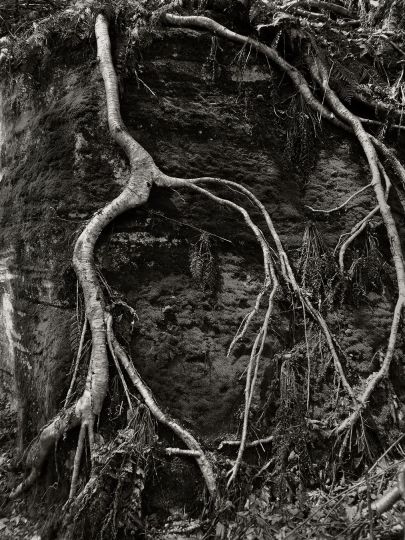For several months, the Council of Europe has highlighted the dictatorial tendencies of the Erdogan government in Turkey, particularly since a state of emergency was put in place following an attempted but failed coup d’état last July. Among the alerting numbers are those which affect the freedom of the press: 177 closed media outlets (all leftist media or media representing the Kurds), more than 150 incarcerated journalists, 2,500 other journalists having lost their jobs since last summer and many others practicing self-censorship to protect themselves. Confirming these numbers, Reporters Without Borders has classified Turkey in the 155th place, out of a total of 180 countries, in its last review of freedom of the press.
“It’s difficult to work as a journalist in Turkey,” comments Kursad Bayhan, independent photographer. “I was laid off in May while working for a local newspaper. I approached other media outlets, but it was impossible for me to find work because everyone is scared, not to mention that there are only five or six newspapers remaining and seven or eight television channels in the Turkish media landscape, all employing a very limited number of photographers and videographers.” That is not to mention the slanderous accusations of which they are regularly victims for having covered sensitive subjects.
After the referendum of April 15th, which reenforced Erdogan’s powers, the members of the Council of Europe decided to vote on a resolution condemning the attacks on fundamental liberties and the rule of law in Turkey, all while opening a “follow-up” procedure that places the country under control and offers to assist it in its return to democracy.
The public shifts of Erdogan started in 2011. Since then, each protest was inevitably met with violent police repression and media manipulation. Even the Gezi Park protests during the spring of 2013 against the development project of Taksim’s popular square in the center of Istanbul have seen hopes of political renewal stifled by Erdogan steamroller. during a few weeks, Gezi had introduced a movement and succeeded in transmitting alternative information, mainly carried by social networks, and mobilized the people throughout the country, hungry for reliable information and democracy. It was then no surprise that 140journos sky-rocketed. It is a source of alternative information that was created one year earlier by Engin Onder, then eighteen years old.
To face the impossibility of traditional media to deliver crucial information (because of censorship or political and economic interests), Onder’s idea was to rely on citizen journalism and organize it in an editorial way. In other terms, soliciting, verifying, and disseminating information from volunteers around the country.
“They recently decided to integrate photography and video and to cover other types of informations ,more informal content,” explained Kursad Bayhan, who joined the visual team called SO by 140journos a few months ago. “The idea is to tell unknown stories. Given that internet users in Turkey are mainly between the ages of eighteen and twenty-five years old, we must offer something different, notably through the use of music and video since we must deliver information in an entertaining way to get their attention,” he continued.
In addition to Bayhan, the visual team is composed of Cihan Demiral, Kıvılcım Güngörün, Furkan Temir (VII Mentor Program), Çağdaş Erdoğan, Grazia Moreno, and videographer Berkant Akarcan. With the exception of Cihan Demiral, who came from the advertising industry, everyone covers current events, and often the current violence of neighboring countries, starting with Iraq and Syria. Inspired by the fashion series of conflict photographs like Paolo Pellegrin and Franco Pagetti, they embarked on a collective project for Istanbul Fashion Week. “The majority of us had never covered Fashion Week as photographers. We wanted to test our limitations and see what we could do differently. We wanted to see ourselves, us war photographers, at the Istanbul Fashion Week,” recounted Bayhan.
The result, called Fashionista,is completed by photographs documenting the daily fashion in the different neighborhoods of Istanbul. “Each photographer took on the subject in a different way,” explains Bayhan, who made a series of portraits of black top models, which he puts in parallel with a story on African refugees in Istanbul. Far from Beyoglu, the now deserted, but, nevertheless, liberal city center, the photographers flooded more conservative areas like Fatih, or more bourgeois like Etiler. Çağdaş Erdoğan, for example, created a clothing inventory in the Alevi neighborhood of Gazi. “It’s a mix between fashion and documentary. It’s a different story about fashion, like for example, that of a tailor from Aleppo who opened a little shop in Fatih in order to survive.”
The final form is available on the web, social networks, as fixed and moving images, books, and their intention is to distribute even further. “We are really young, but we’re very open to the idea of finding new ways to attract the attention of the Turkish public to photography,” enthuses Bayhan. At the moment, they are talking with some municipalities to show their images on walls, and with restaurants to print their photos in menus. “Each age group and social class is exposed to the images through these means, not just internet users,” he explains. “For example, to ease people into photography, each Wednesday we share an image on Facebook and Twitter that they can download on their phone, their iPad, or their computer so they can make it their background display.”
United by the common motivation of making information a democratic counter-power, the group is shaking up the Turkish media. And indeed, it’s not the first time Onder has done something like this. He was also behind Gastronomica, a magazine that he created a year ago to promote and popularize Turkish gastronomy. “We’re not a collective, we’re digital media,” Bayhan insists. To show their commitment, 140journos has already prepared its next project, Post-Truth Anatolia, a post-referendum portrait of southwestern Turkey.
Laurence Cornet
Laurence Cornet is a journalist specialized in photography and an independent exhibition curator. She splits her life between New York and Paris.
Further information:

